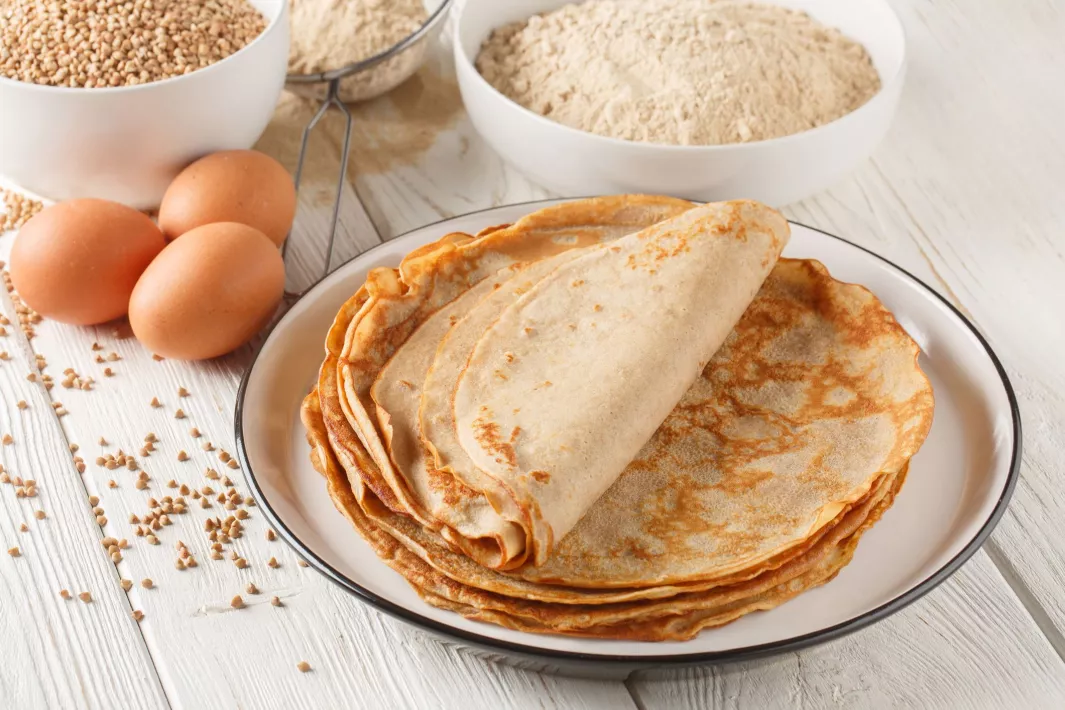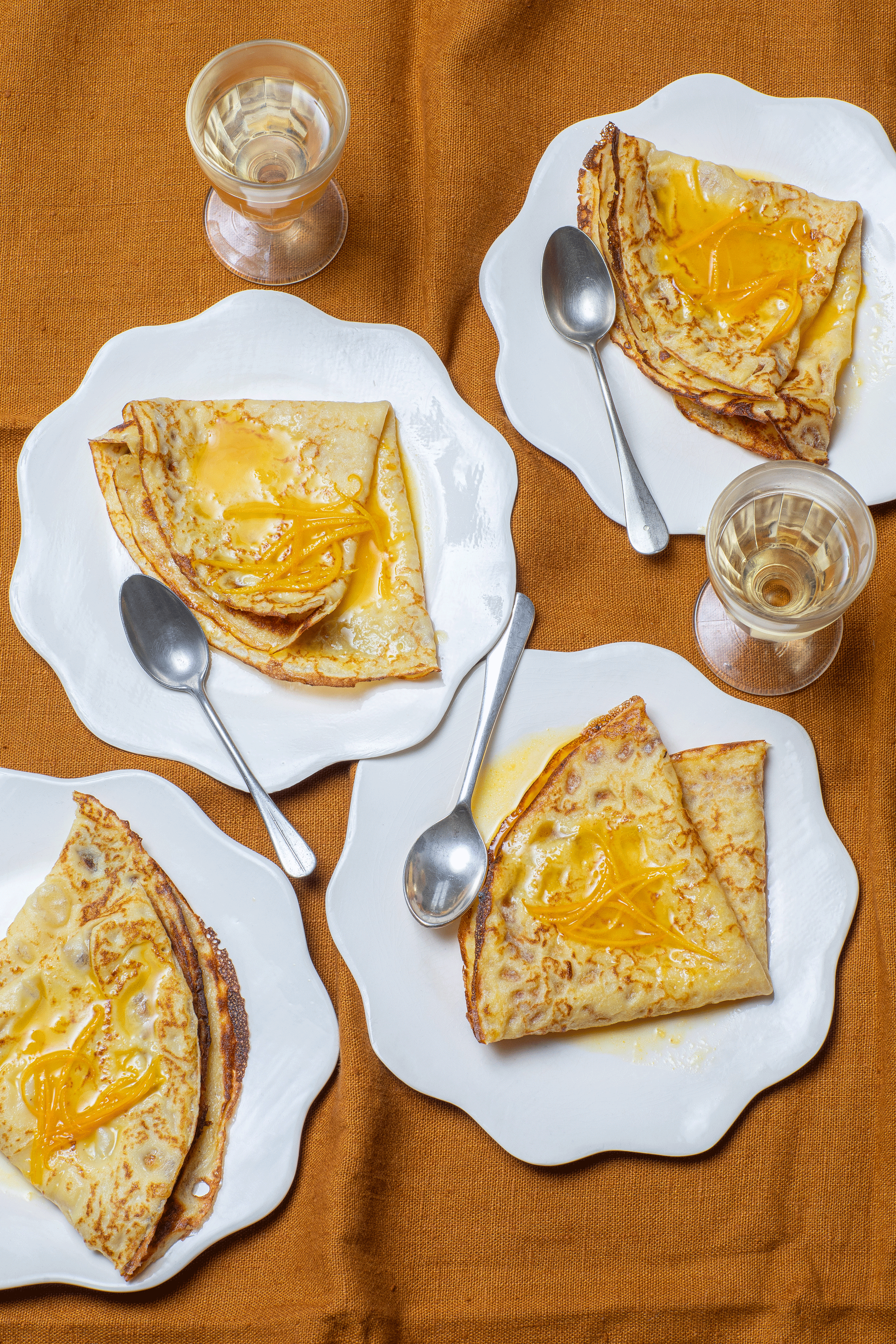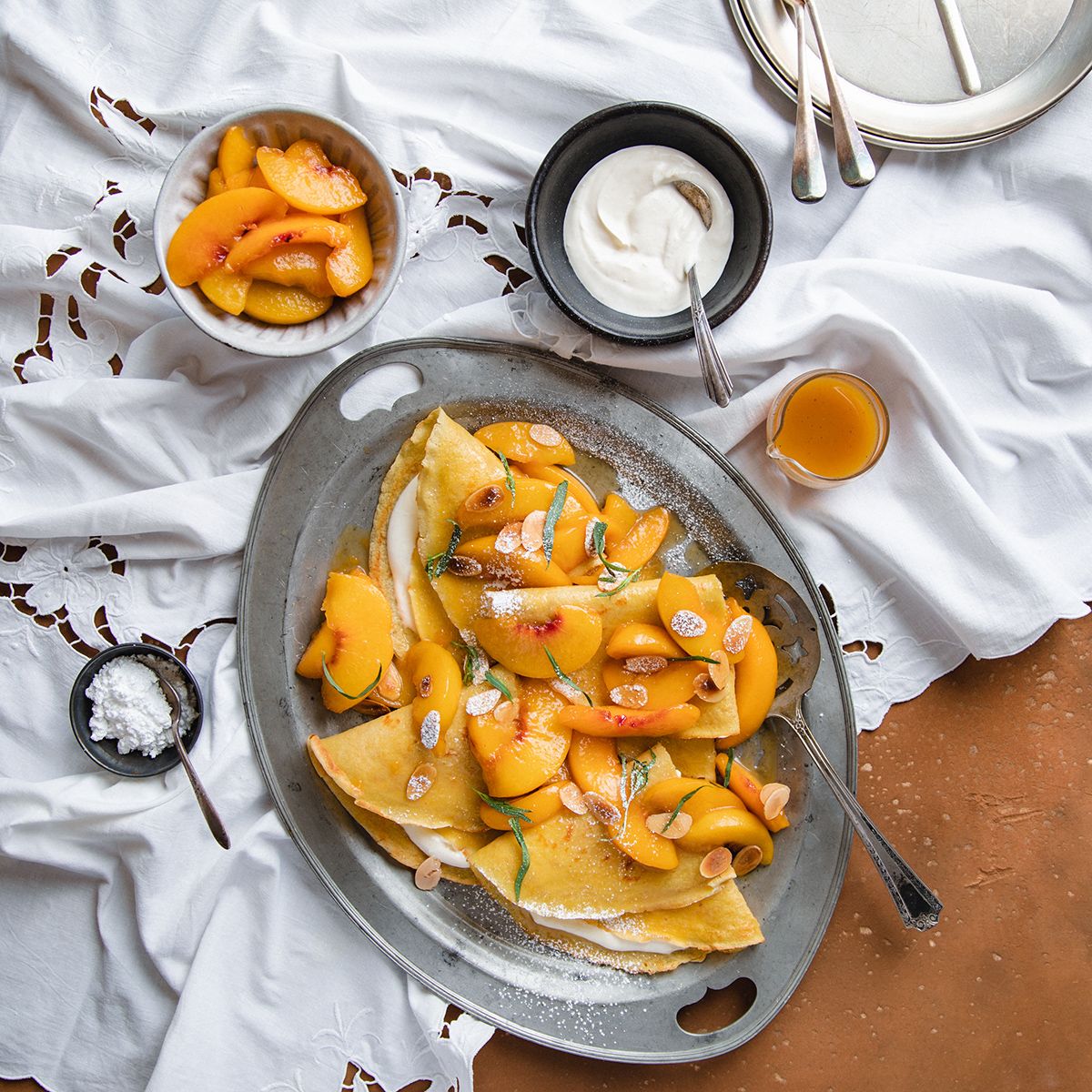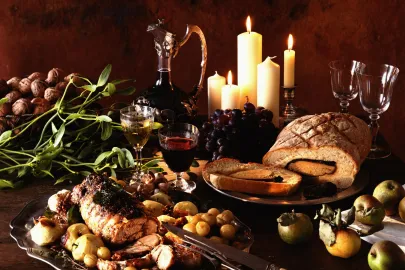Groundhog Day is one of the most superstitious holidays in the United States, though rest assured, Americans aren’t the only ones subject to mythical beliefs. Similarly, the French also celebrate a superstitious holiday on February 2nd, though it has little to do with marmots predicting the weather—and in classic French form, a lot more to do with luck (and food, of course). Curious to learn more? We’re breaking down everything you need to know about La Chandeleur, otherwise known as Crêpe Day, here. Get your frying pans and coins ready!

What Is La Chandeleur?
La Chandeleur, otherwise known as Candlemas in English, is a religious holiday turned “crêpe day” celebrated in France on February 2nd. The holiday’s foundations commemorate the 40-day mark from Jesus’ birth, and signify the day that the baby was presented at the temple. The word Chandeleur, whose roots trace back to the word candle, pays homage to the candles that were used to commemorate this occasion at churches. Today, La Chandeleur has evolved into a somewhat superstitious day centered around luck and prosperity—more details on that below.
What Are the Superstitions Associated with La Chandeleur?
Similar to Groundhog Day, there are long-held superstitions associated with La Chandeleur, though in this case, they tend to be more luck-focused. Tradition states that in order to be blessed with good luck, one must prepare the crêpes (not order them out at a restaurant) and flip them with one hand while holding a coin in the other. Some believe the superstition to be even more specific, in that the crêpe must be flipped with the left hand while the right hand holds the coin—best of luck at attempting this, as flipping crêpes with two hands can be a challenging feat in itself!
Additionally, there are some weather-related superstitions associated with La Chandeleur. Some believe that rain on La Chandeleur signifies an additional 40 days of rain to come, whereas sunny weather on the 2nd implies that winter is almost over (similar superstitions to that of Groundhog Day).
So, Why Crêpes?
As the holiday falls just before the arrival of Lent, it’s believed that crêpes have been the go-to pick for La Chandeleur as a means for using up rich dairy items (butter, eggs) prior to the start of the religious fast. Other theories highlight that the color and shape of the crêpes is reminiscent of the sun after a long winter season, as well as that the wheat used to create the crêpes is good luck for the next harvest season.
Is La Chandeleur Celebrated Outside of France?
Kind of! In the United Kingdom, ‘Pancake Day,’ otherwise known as Shrove Tuesday, is celebrated the day before Ash Wednesday as a means to use up ingredients before Lent. In Italy, La Festa della Candelora also takes place on February 2nd, and is celebrated as a religious ceremony with Italian crêpes, called crespelle. Similarly, Mexico celebrates El Día de la Candelaria on February 2nd with classic foods and religious ceremonies, and the Greeks do the same with loukoumades (fried dough balls in honey), also on February 2nd.
How to Celebrate La Chandeleur Wherever You Are
The solution is simple— add a delicious stack of crêpes to your Groundhog Day, of course! For those looking to emulate the tradition as authentically as possible, we recommend making your own crêpes at home (and flipping them with coin in hand, of course). For some tasty inspiration, check out two of our favorite crêpe recipes for classic Crêpes Suzette and Crêpes with Lemon Crème Fraîche and Maple Syrup Peaches. Enjoy with a glass of cold cider from Normandy for a traditional—and seriously delicious—pairing. Bonne Chandeleur!














